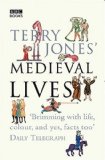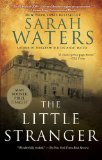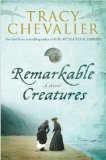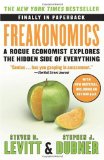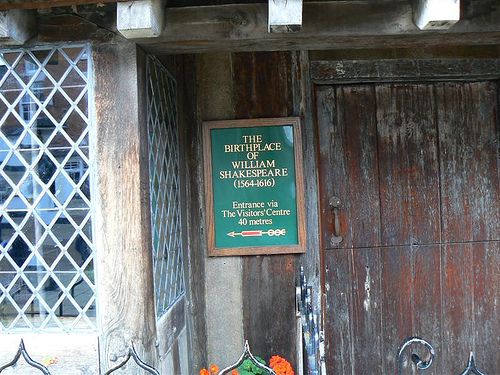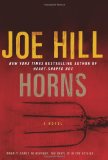 I am in the midst of reading three books at the moment: Gulliver’s Travels via DailyLit, The Meaning of Night by Michael Cox (paperback), and The Three Weissmanns of Westport (Kindle).
I am in the midst of reading three books at the moment: Gulliver’s Travels via DailyLit, The Meaning of Night by Michael Cox (paperback), and The Three Weissmanns of Westport (Kindle).
As of today, I have read 80 of 115 sections via email of Gulliver’s Travels. My verdict so far: I am ready to be finished with it. My favorite part has been Gulliver’s stay in Brobdingnag, which might change before I finish the book. As I read, I find myself annoyed with Gulliver for repeatedly abandoning his family on what look like frivolous voyages to me. If I were his wife, I’d have divorced him.
The Meaning of Night is taking me some time to get into. I’m currently on p. 244 out of about 700. I am being patient because my husband says it’s really good, but it hasn’t grabbed my interest yet. My husband keeps saying it will, and he rarely gushes about books. I don’t think I can give the book too much longer or I will have given it too much for too little return. It does have a good atmosphere, and the author captures Victorian England well.
The Three Weissmanns of Westport is indeed Sense and Sensibility set in modern Westport, CT and New York. I like it so far. It’s full of modern pop culture references (Gawker, Oprah, subtle shades of James Frey). I’m not sure how well it will stand the test of time as a result. I think the author does more telling rather than showing, but I’m entertained and intrigued enough to finish. I’m 41% finished with it. I’m reading it for the Everything Austen Challenge.
What are you reading? What do you think of it?



